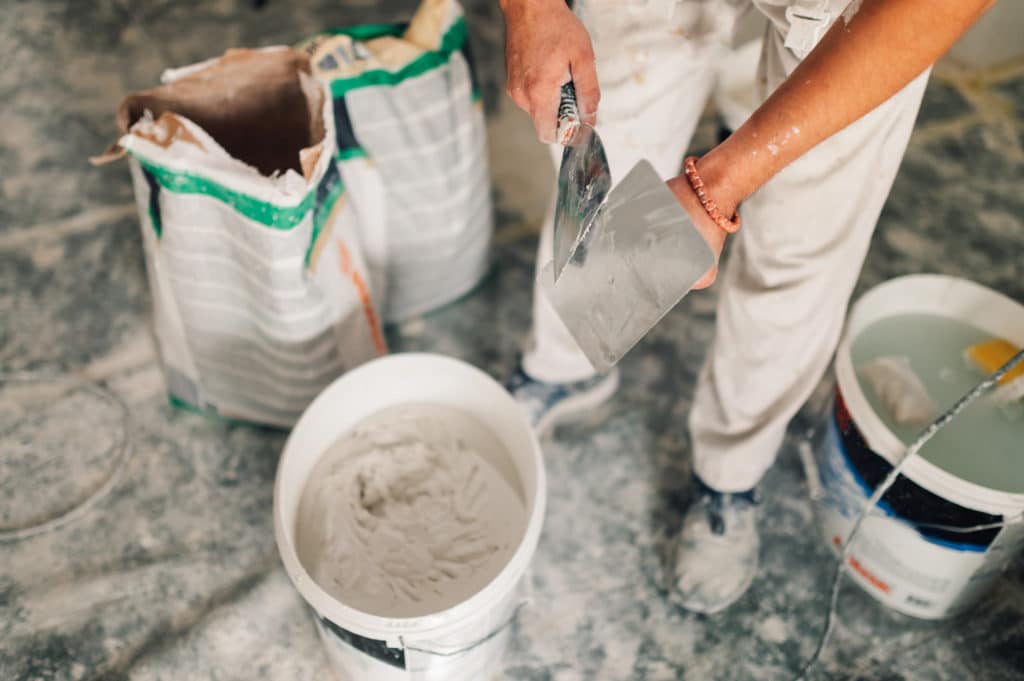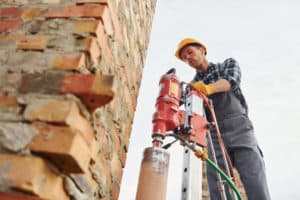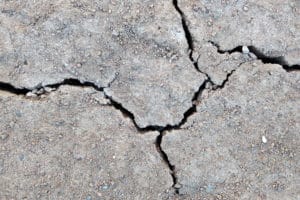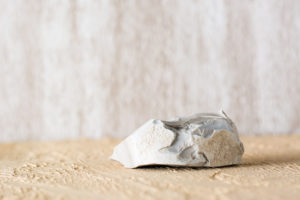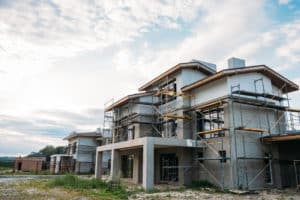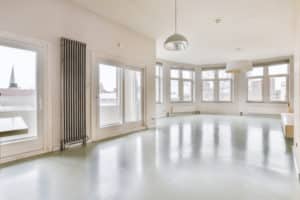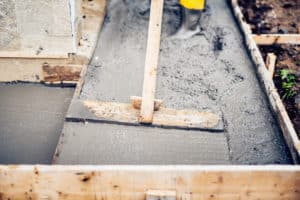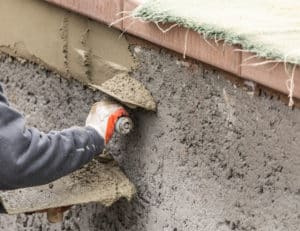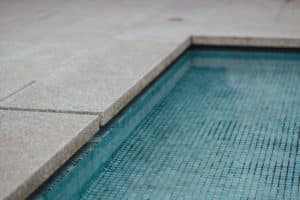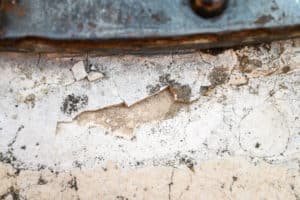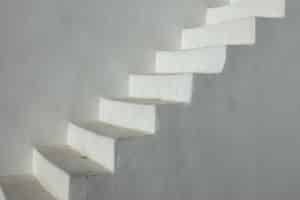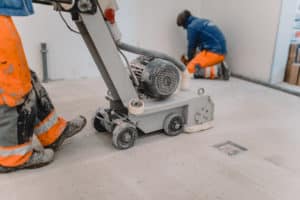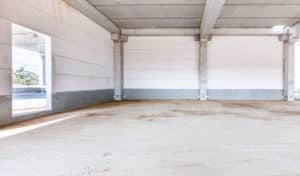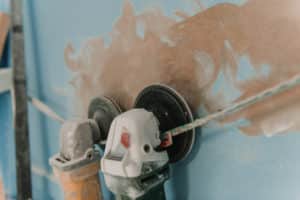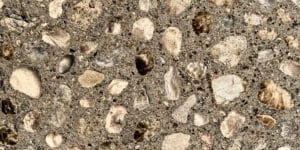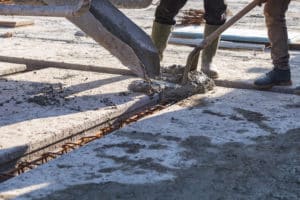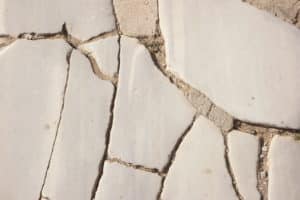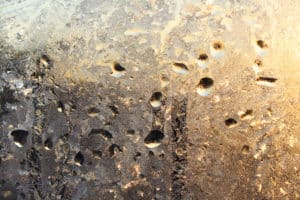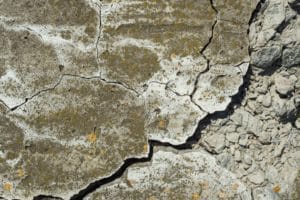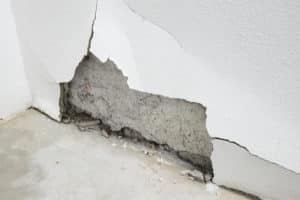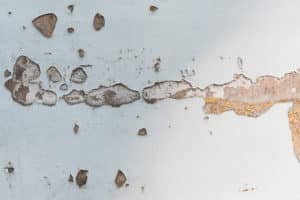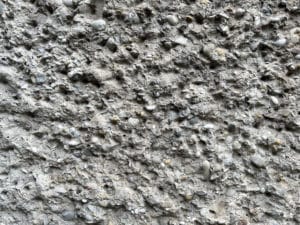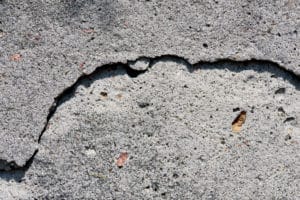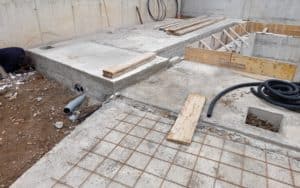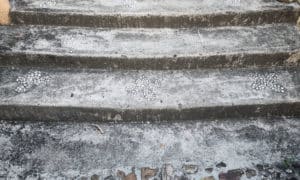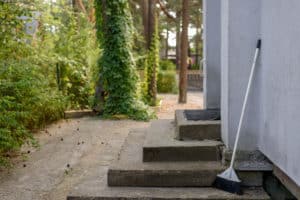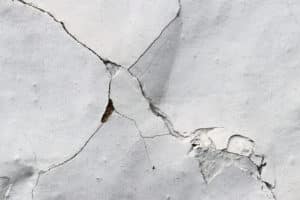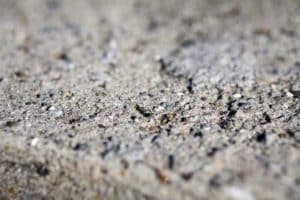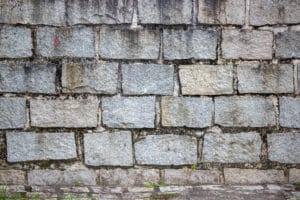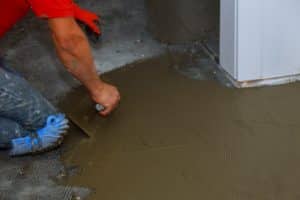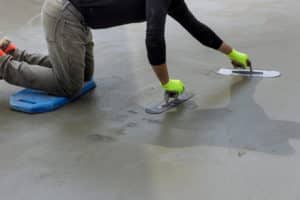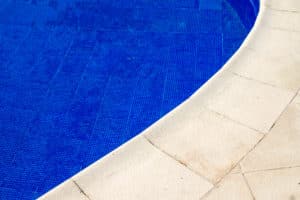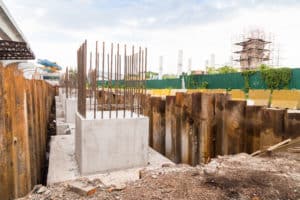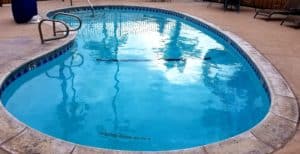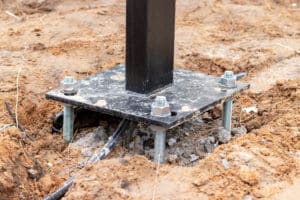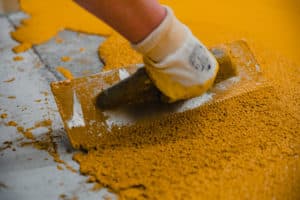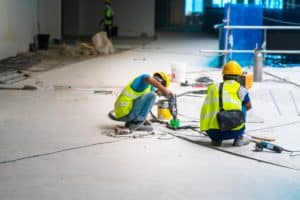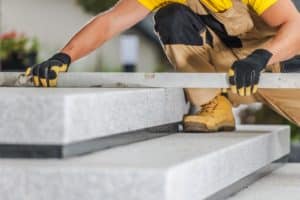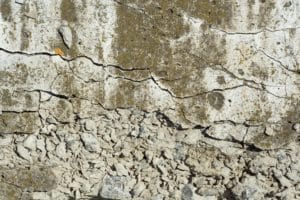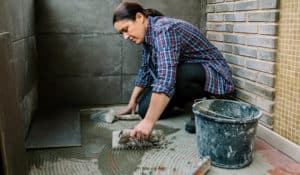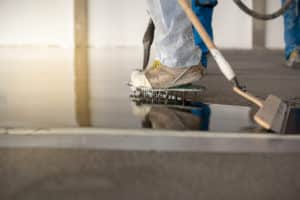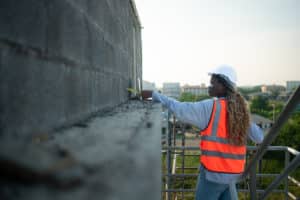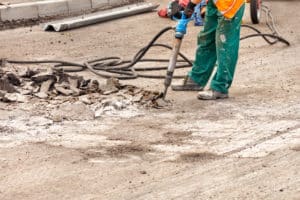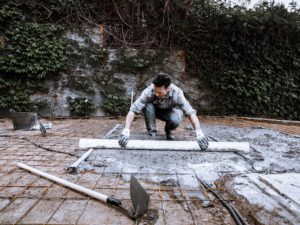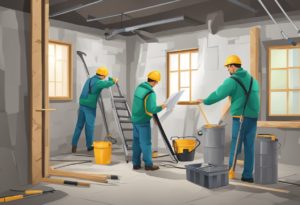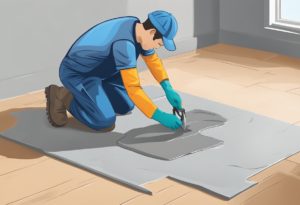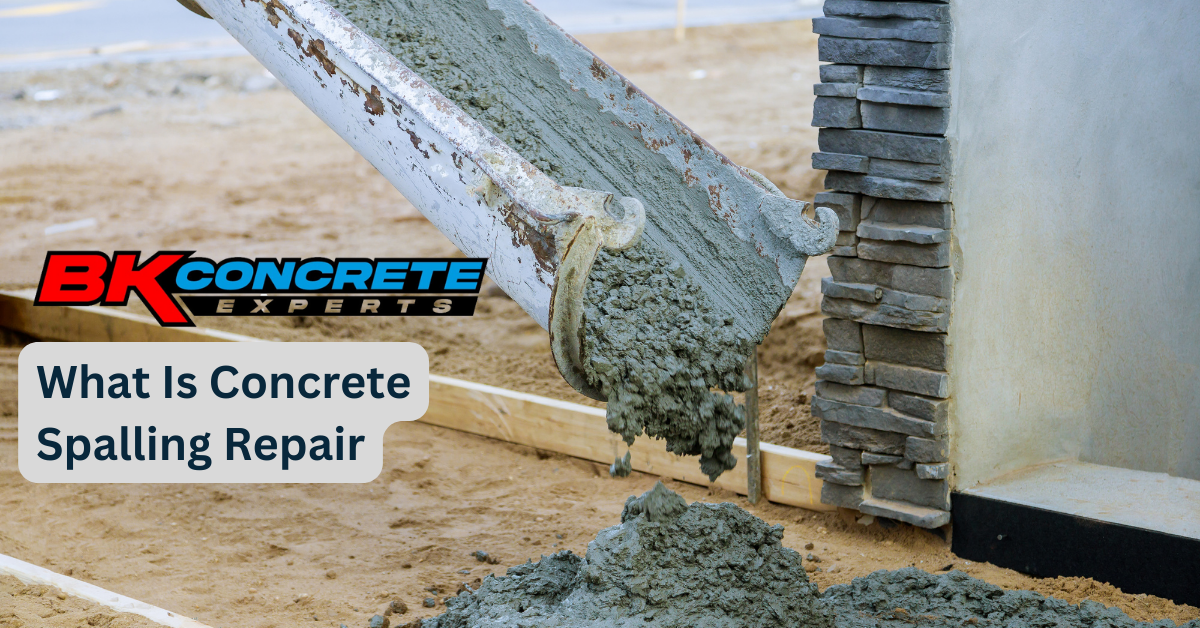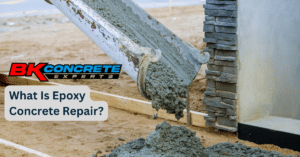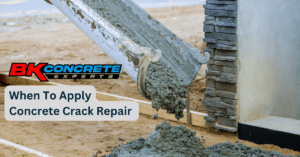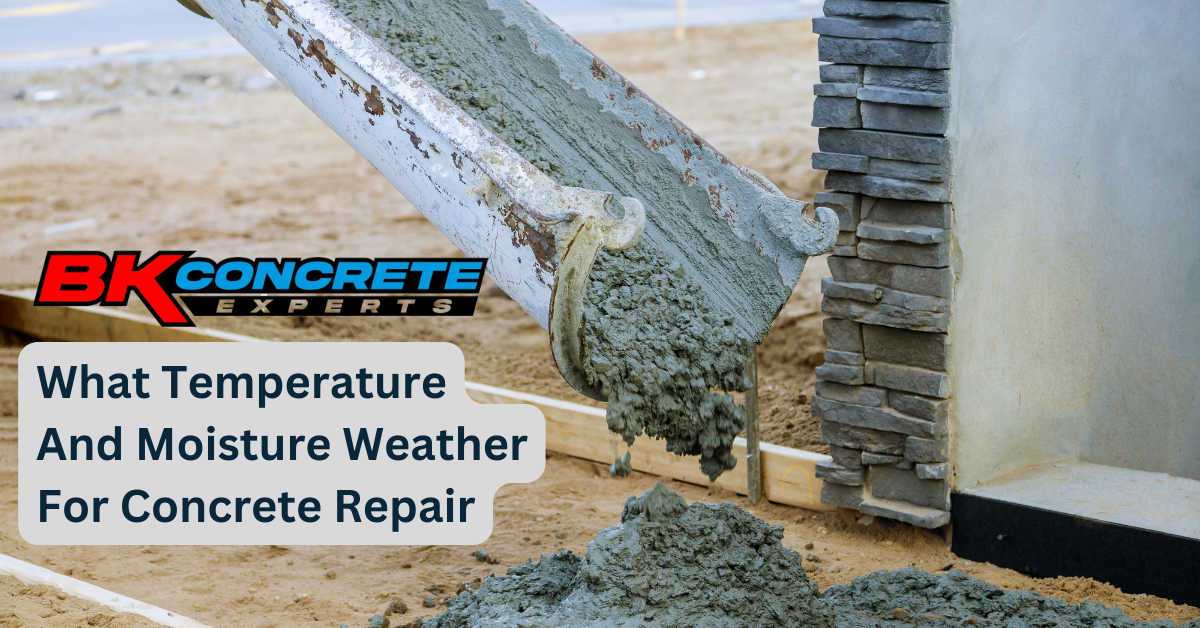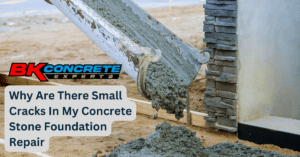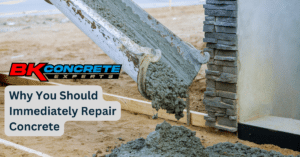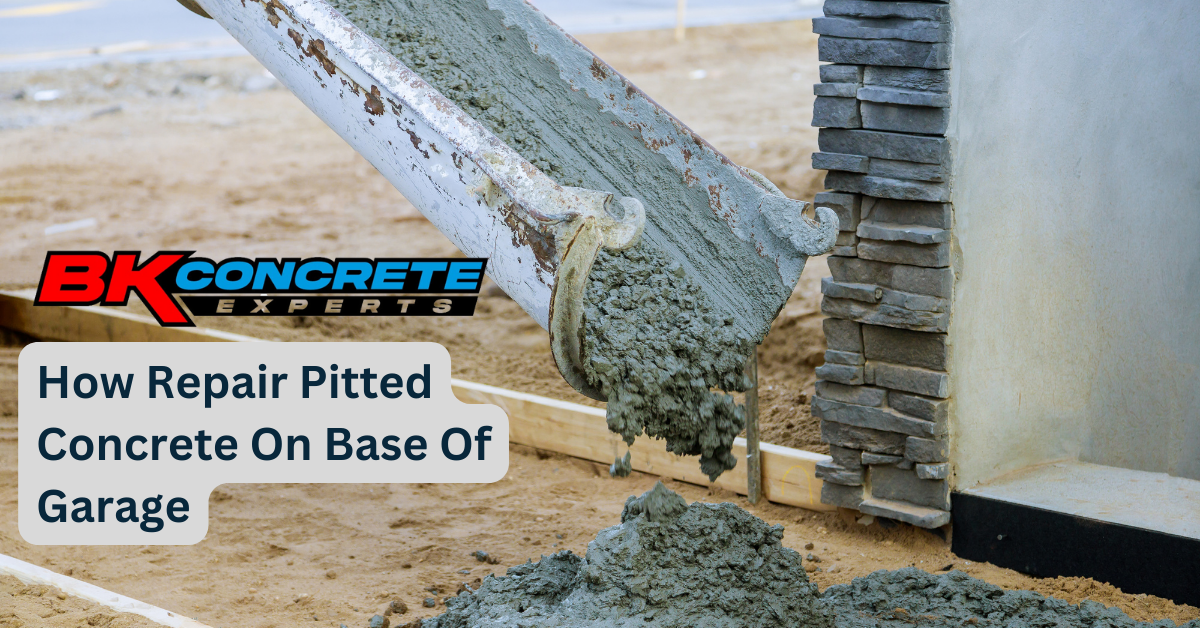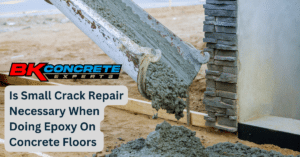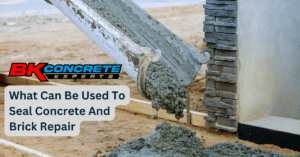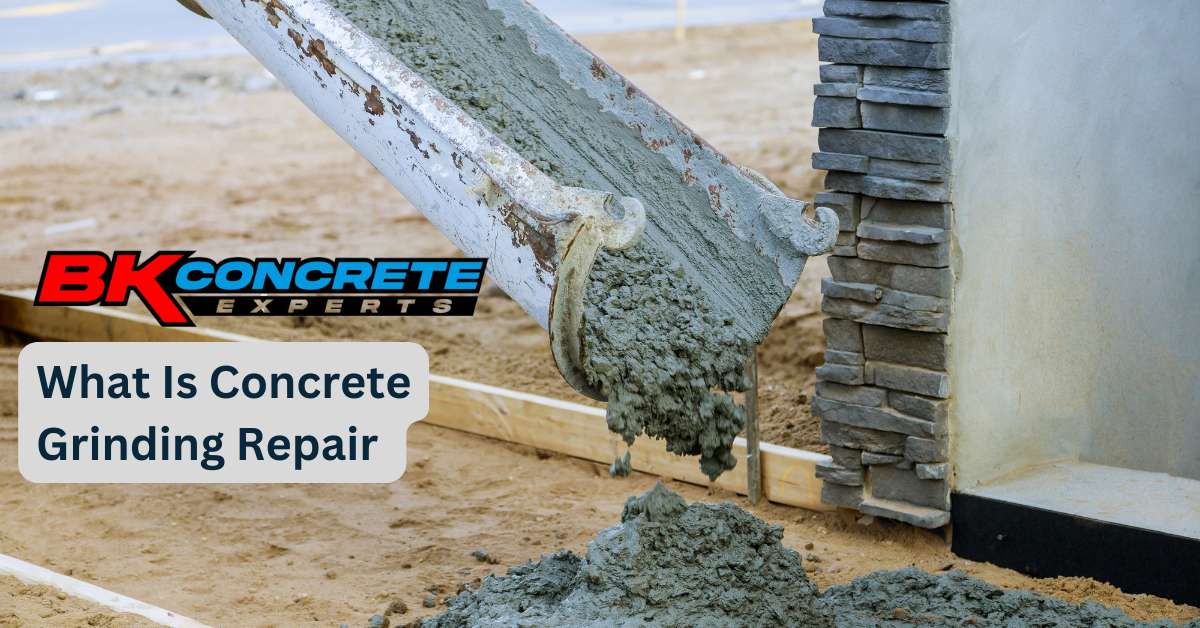Refinishing concrete is a practical renovation approach for repairing and revitalizing old and worn concrete surfaces. Concrete, known for its durability and low maintenance, occasionally requires a facelift to restore its appearance and integrity. The process involves applying a thin layer of resurfacer over the existing concrete to provide a fresh, new surface. Variety in texture, color, and pattern gives homeowners and contractors the flexibility to modernize and enhance both outdoor and indoor concrete structures, such as patios, driveways, pool decks, or floors.
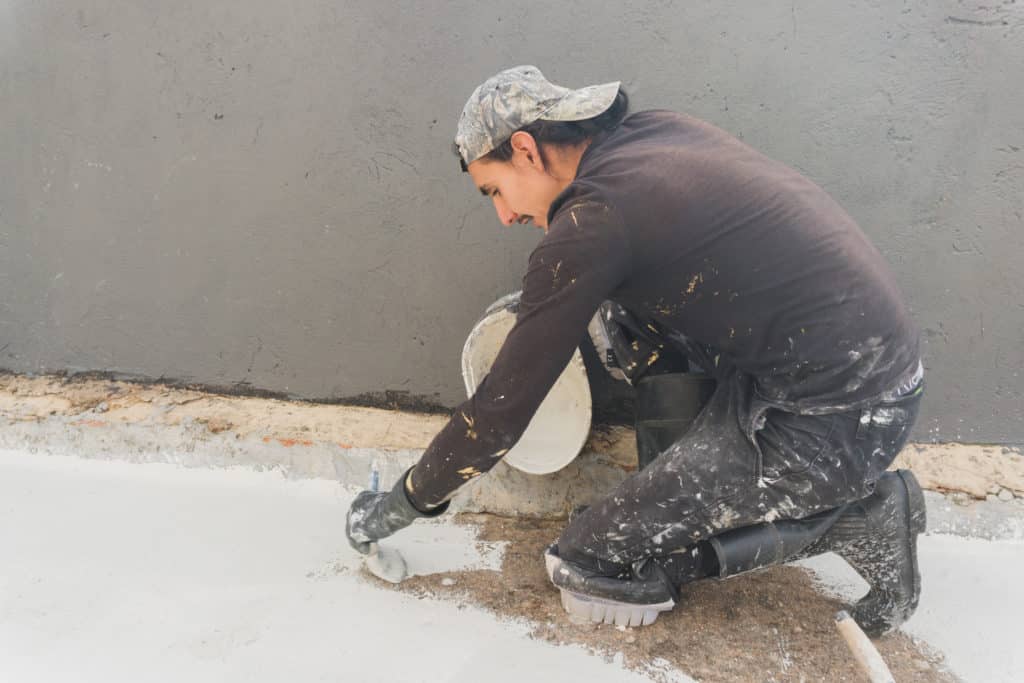
Over time, exposure to elements and regular wear can lead to surface damage such as flaking, spalling, or small pits in concrete. The resurfacing method serves as a cost-effective alternative to complete replacement, especially when the underlying concrete is structurally sound but cosmetically flawed. While resurfacing won’t address deeper structural issues like significant cracks, it effectively covers minor imperfections, making it an ideal solution for surfaces that need an aesthetic upgrade without the expense of new installation.
Approaching concrete resurfacing requires a well-planned process that starts with cleaning and repairing the existing slab before the application of the resurfacing product. Using the correct techniques and tools is crucial for achieving a durable and uniform finish. Properly resurfaced concrete not only enhances the appearance but also prolongs the life of the surface, offering a renewed foundation that stands up to the demands of its environment.
Understanding Concrete Refinishing
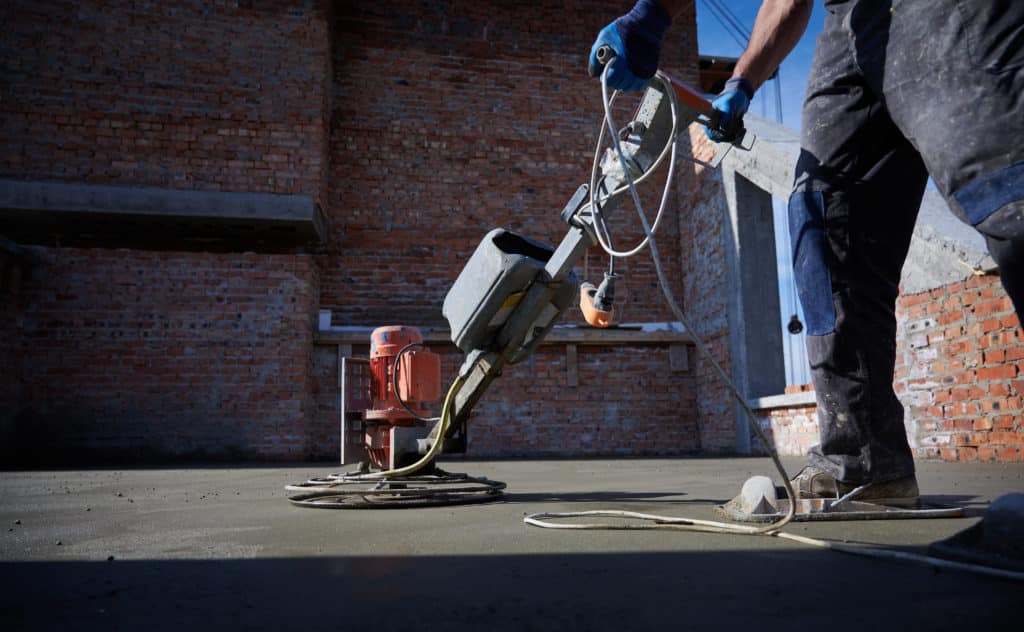
Concrete refinishing is a process designed to revitalize an aging or damaged concrete surface. It often involves applying a new coating to make old concrete look fresh, enhance its durability, and extend its service life.
Evaluating Concrete Condition
Before deciding on concrete resurfacing, one must assess the concrete’s current state. Small pits from spalling, superficial cracks, or discoloration often indicate that resurfacing is a suitable option. However, if the concrete exhibits deep cracks or structural issues, resurfacing might not be advisable. The Spruce details how resurfacers can cover routine flaking or minor imperfections, but not more severe damage.
Resurfacing vs. Replacement
When the concrete’s condition is too deteriorated for a simple resurfacing to be effective, replacement may be the only option. Resurfacing concrete is a cost-effective method for surfaces with minor wear and tear. It involves cleaning the existing surface, making necessary repairs, and then applying a resurfacer. This can provide a new look with various textures and colors, as explained in the guidelines by Concrete Network. Replacement, on the other hand, involves removing the old concrete completely and pouring a new slab, which is a more time-consuming and expensive undertaking.
Preparation and Repair
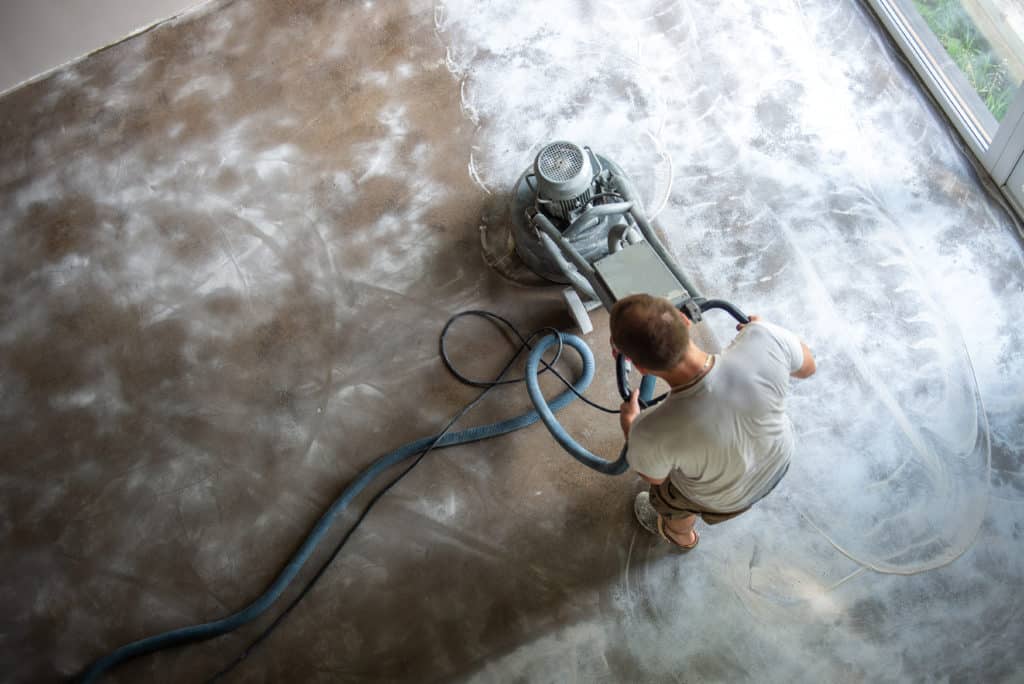
Proper preparation and repair are the cornerstones of any successful concrete refinishing project. They ensure that the final resurfaced concrete slab will not only look aesthetically pleasing but also be structurally sound.
Surface Preparation
To begin, surface preparation is essential. One must clean the concrete thoroughly, ensuring that any dirt, oil, or existing paint is removed. For effective cleaning, a gas-powered pressure washer with a minimum of 3,500 psi is recommended. After washing, the surface should be let dry completely. Inspection of the slab should follow, with particular attention paid to control joints and expansion joints. These should be clear of debris to allow proper movement of the slab, preventing future cracks.
Surface Imperfections:
- Cracks: Fill with an appropriate crack filler.
- Holes: Use a repair mortar designed for concrete.
Patching and Repairing
The concrete surface may require patching and repairing before resurfacing. This process involves filling in cracked concrete and any holes to create a smooth, uniform surface. It is crucial to use the correct type of patching material that is compatible with the concrete slab and designed for the size and depth of the imperfections. For deep holes, apply the patching compound in layers, allowing each layer to cure before applying the next. Always ensure control joints and expansion joints are maintained to allow for concrete movement.
Refinishing Techniques and Materials
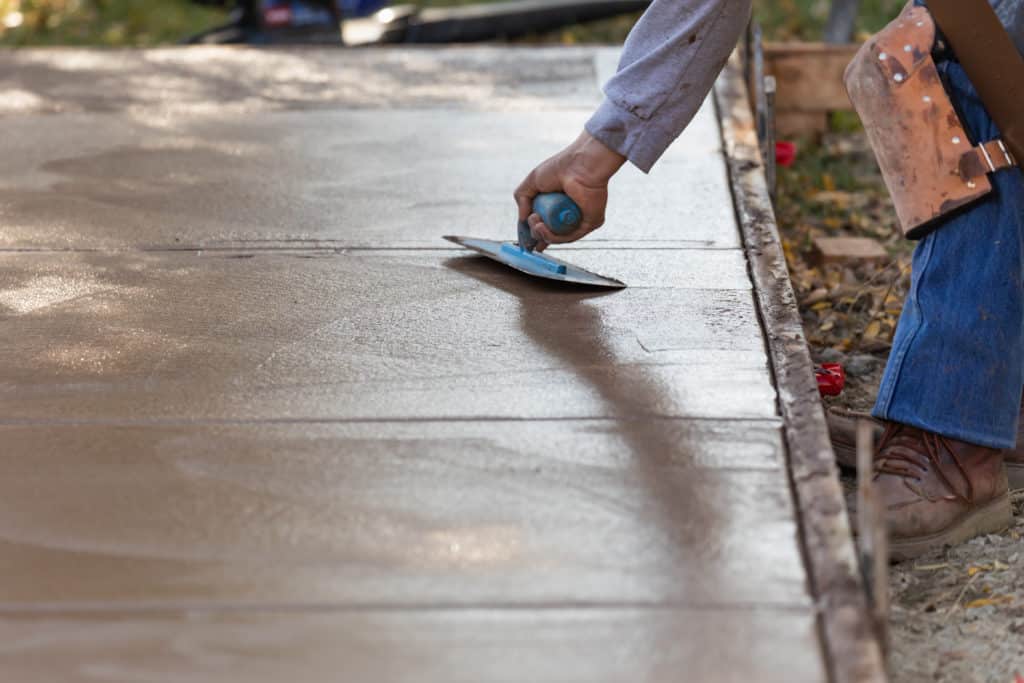
When refinishing concrete, the right materials and application methods are crucial for a successful outcome. A careful selection of resurfacers, attention to texture, and a thorough understanding of the curing process will yield the best results.
Choosing Resurfacing Products
Selecting the appropriate resurfacing products is pivotal. Concrete resurfacers typically include a blend of Portland cement, fine sand, polymer modifiers, and other additives to improve performance. Resurfacing products come in different forms such as microtoppings for a thin finish or more substantial stamped concrete overlays for a textured and patterned surface. When looking for a resurfacer, consider its suitability for the existing concrete’s condition and the desired texture.
- Texture Options:
- Smooth Finish: Often achieved with simple microtoppings.
- Textured Finish: Accomplished with stamped overlays or additives that create a non-slip surface.
- Ingredients in Resurfacers:
Ingredient Purpose Portland Cement Provides the base to which other ingredients are added. Sand Adds bulk and affects the texture of the resurfacing product. Polymers Enhance adhesion and durability, making the resurfacer less permeable.
Application Methods
The application of resurfacing products requires precision. It typically involves:
- Preparing the surface by cleaning and repairing any damages such as cracks or spalling.
- Applying a primer or bonding agent, if necessary, to ensure the resurfacer adheres properly.
- Mixing the resurfacing product according to the manufacturer’s specifications for consistency.
- Spreading the mix over the existing concrete, often with trowels or sprayers for even coverage.
The curing process is equally vital; it must be monitored and controlled to prevent the finished surface from drying too quickly, which can lead to cracks or weak finishes.
- Key Application Techniques:
- Troweling: Ideal for smooth microtoppings or a finely textured surface.
- Spraying: Often used for creating a uniform texture on large surface areas.
Remember that climate conditions can significantly influence the curing time and quality, demanding close attention to weather forecasts and product recommendations for optimal results.
Design and Aesthetics
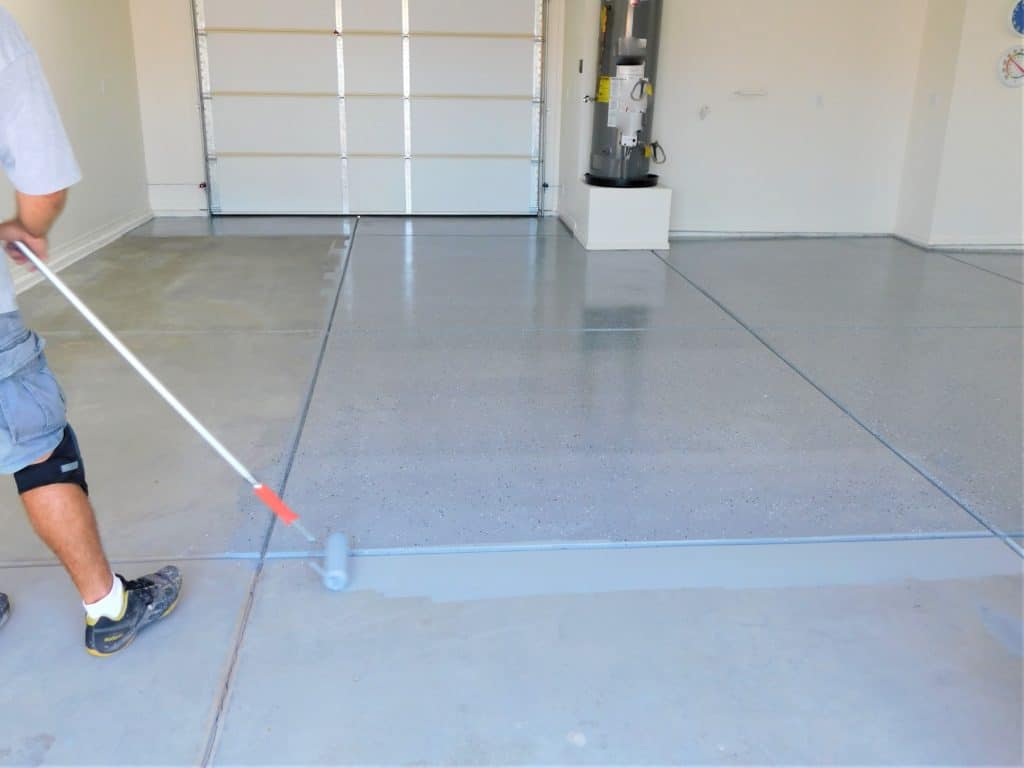
In approaching the aesthetic refinement of concrete surfaces, the importance of color and pattern choices, alongside finishing techniques, can’t be overstated. They collectively define the visual impact and cohesive appearance of the finished surface.
Colors and Patterns
A spectrum of colors can be introduced to concrete through the use of stains and dyes. These range from subtle earth tones that mimic natural stone to vibrant shades that can accentuate modern design aesthetics. The application of stains offers a variegated finish that can highlight texture and add depth to the surface.
Patterns plays a pivotal role in enhancing the appeal of concrete finishes. Stamped concrete effectively replicates the look of brick, flagstone, or wood through pre-formed molds that imprint patterns into the surface. By combining different colors and patterns, one can achieve a bespoke look that complements the environment.
- Popular patterns include:
- Ashlar
- Herringbone
- Cobblestone
- Wood plank
Finishing Touches
To create a non-slip surface or add a distinctive texture, the application of a concrete broom across the surface introduces subtle lines that can enhance safety and provide a functional yet aesthetic finish. For surfaces that require more substantial rehabilitation, microtoppings offer a thin, versatile overlay that can be tinted, polished, or textured, accommodating a wide array of design preferences.
Textures ranging from smooth and polished to exposed aggregates furnish concrete with not only an appealing tactile quality but also with various degrees of skid resistance. Whether seeking a contemporary smooth finish or a rugged, natural appearance, textural choices are crucial in fulfilling the design intent.
- Some finishing techniques include:
- Broom finish
- Salt finish
- Polished concrete
- Exposed aggregate
Maintenance and Care
Proper maintenance and care are critical for enhancing the durability of concrete surfaces, whether they are floors, driveways, or patios. One should begin by ensuring the concrete cures adequately after installation, which involves keeping the surface moist and protected from extreme weather conditions.
Sealing is paramount; it provides a smooth and uniform finish while protecting the concrete from water infiltration and weather damage. A high-quality sealer should be applied and re-applied according to the manufacturer’s directions, typically every two to three years.
Daily and Seasonal Maintenance:
- Daily: Keep the surface clean by sweeping and occasional mopping to prevent dirt accumulation.
- Seasonal: Inspect for cracks or signs of wear and address them promptly to avoid water seepage and frost damage.
Preventative Measures:
- Avoid Deicing Chemicals: These can cause surface flaking and should not be used, especially in the first winter after pouring the concrete.
- Clean Spills Quickly: Spills, especially those that are acidic, should be cleaned immediately to prevent staining and degradation.
By following these maintenance steps, one will ensure a longer lifespan and preserve the aesthetics of their concrete investment. Regularly sealing the concrete and engaging in preventative maintenance are key for keeping the surface in optimal condition.
- Seal It: Five Crucial Tips for Concrete Care suggests that a protective sealant is essential.
- Maintain to Sustain: Concrete Maintenance & Repair Guide emphasizes timely repairs to minimize damage and costs.
- Resurface Instead of Replace: To restore the surface without the extensive cost of replacement, Concrete Resurfacing can be a viable option.


